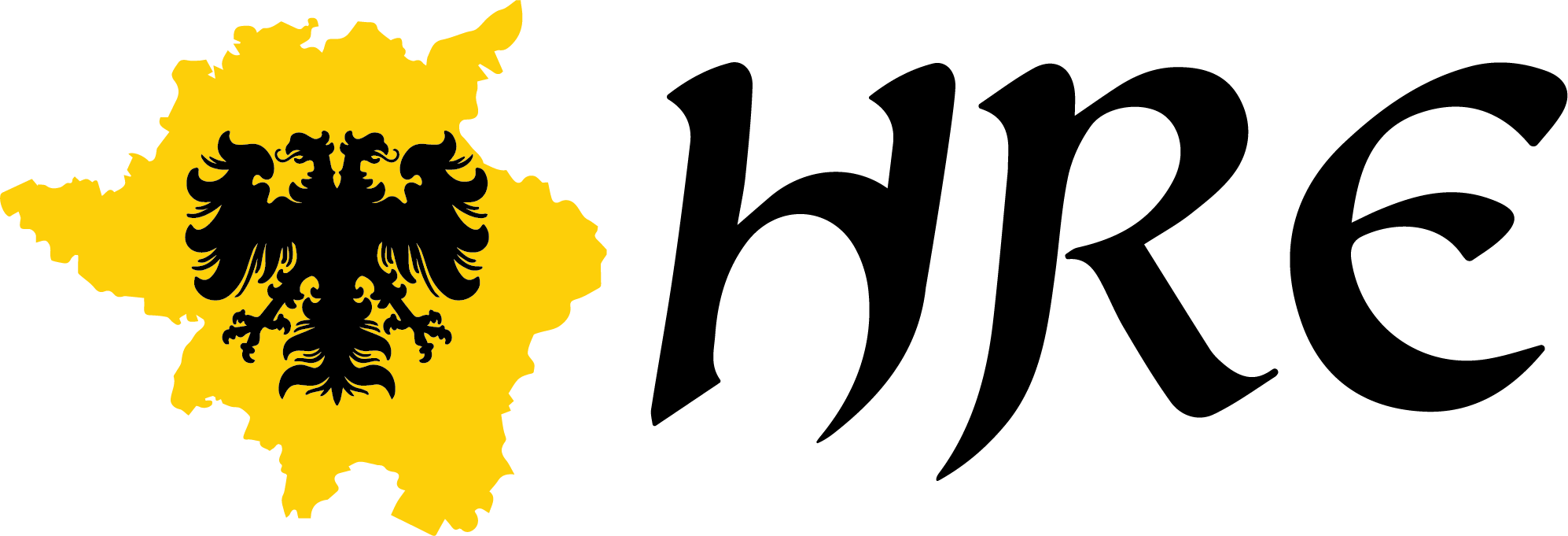Subdivisions of Landskron and Landskron\Jülich
From 1397 on, two different families shared sovereignty over Landskron: the Tomburg family (2/3) and the Eyneburg family (1/3). The 2/3-1/3 split did not apply in every village. Some villages were fully Tomburgian and I place them in the “Tomburg Anteil”. Other villages were split 2/3-1/3 in favor of the Eyneburgs and I place those villages in the “Eyneburg Anteil”. But the overall split was 2/3-1/3 in favor of the Tomburgs. Over the years, ownership of each share was sold, subdivided, and recombined many times. To avoid confusion, I retain the original Anteil names, regardless of who actually owned them.
In 1659, the owners of the Eyneburg share traded much of their interest to the Duke of Jülich in exchange for sovereignty over certain Jülich territories. That effectively created a Jülich Anteil in which Jülich held a 2/3 share and the Tomburgs held a 1/3 share. Because Jülich was otherwise a sovereign country (which the owners of the Eyneburg Anteil had not been), I treat the Anteil as the condominium of Landskron\Jülich.
List of villages in the Tomburg Anteil
- Bodendorf 1565 - 1794
- Gimmigen [noble%] 1565 - 1794
- Green 1565 - 1794
- Kirchdaun [noble%] 1565 - 1794
List of villages in the Eyneburg Anteil
- Lohrsdorf 1565 - 1659
- Nierendorf 1565 - 1794
- Oedingen 1565 - 1794
- Schalkenbach 1565 - 1659
- Vinxt 1565 - 1659
List of villages in the Jülich Anteil
- Lohrsdorf 1659 - 1794
- Schalkenbach 1659 - 1794
- Vinxt 1659 - 1794
Chronological list of countries to which the villages in the Jülich Anteil belonged
- Lordship of Landskron 1565 - 1659
- Lordship of Landskron (adm. shared with Jülich) 1659 - 1794
